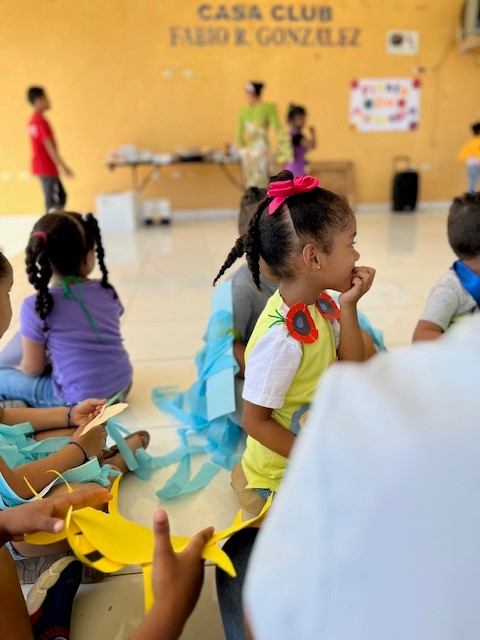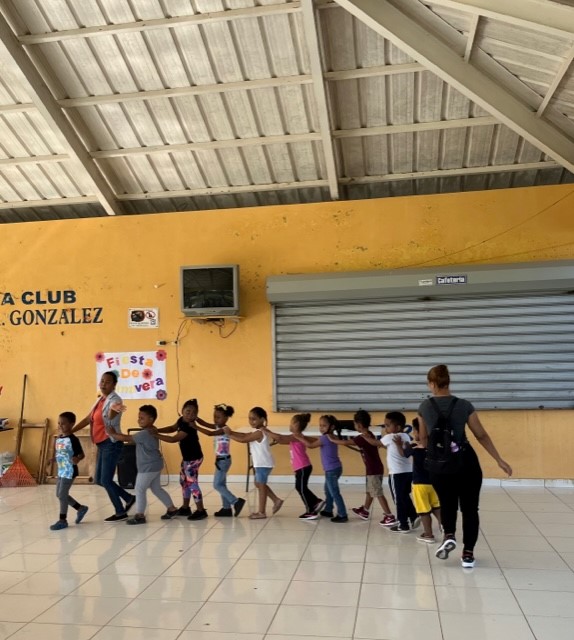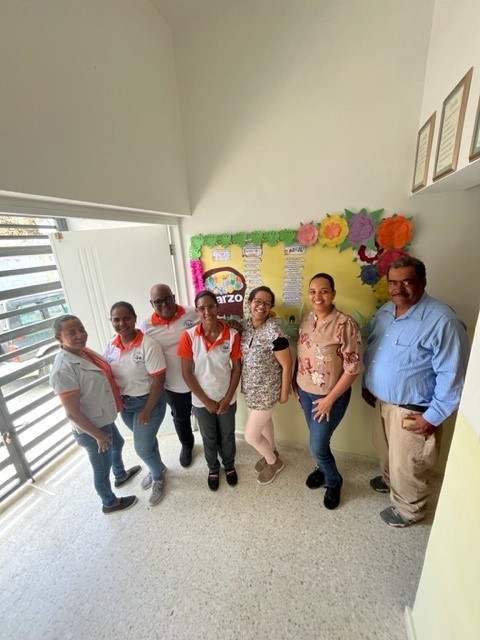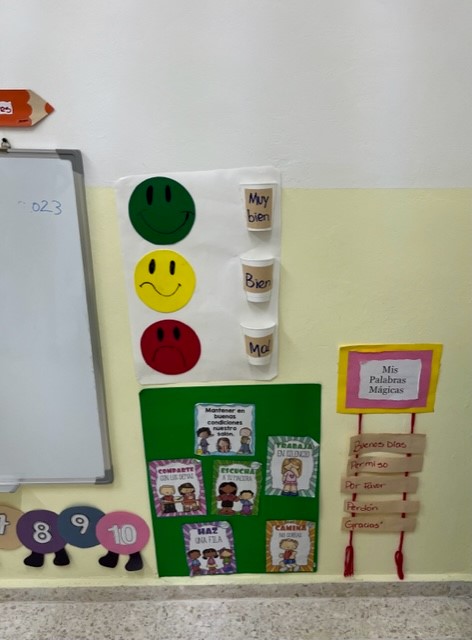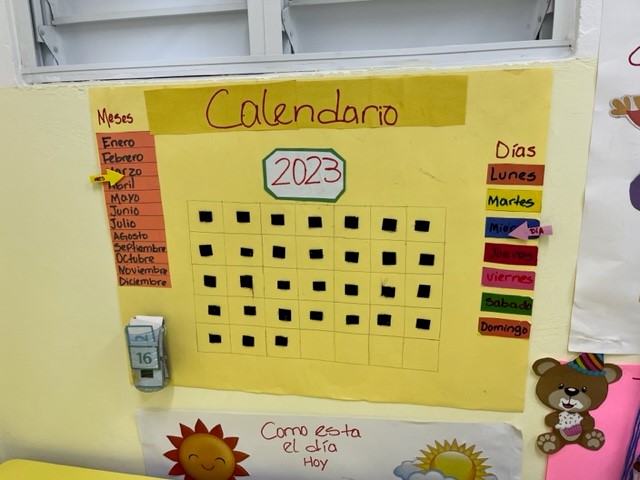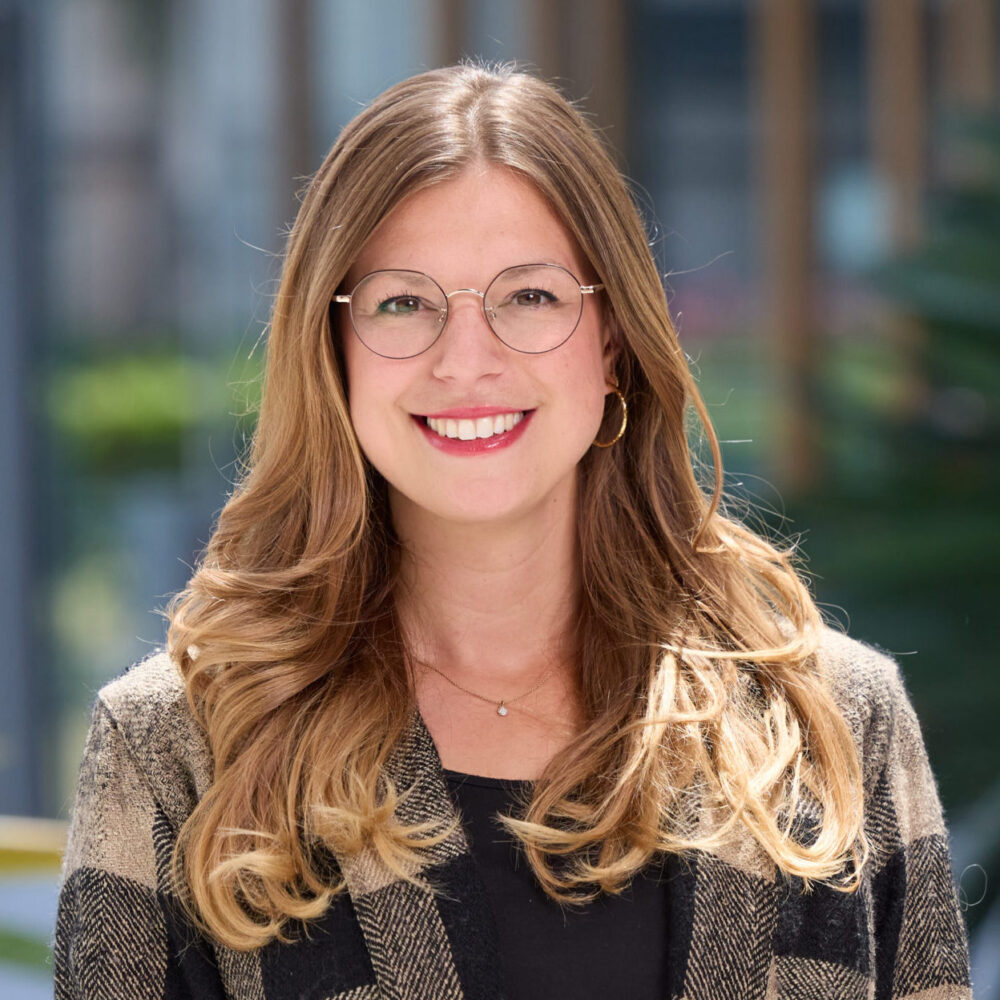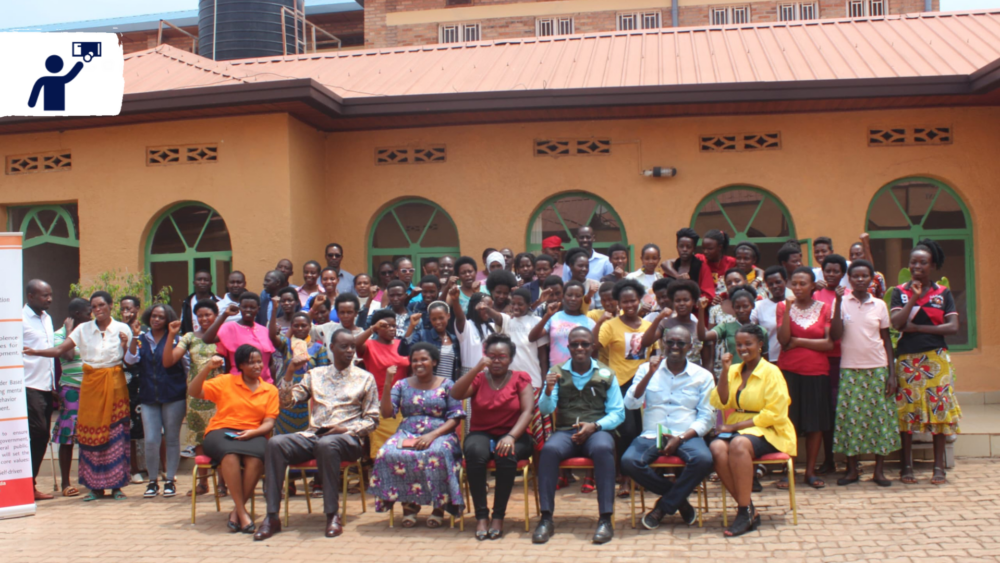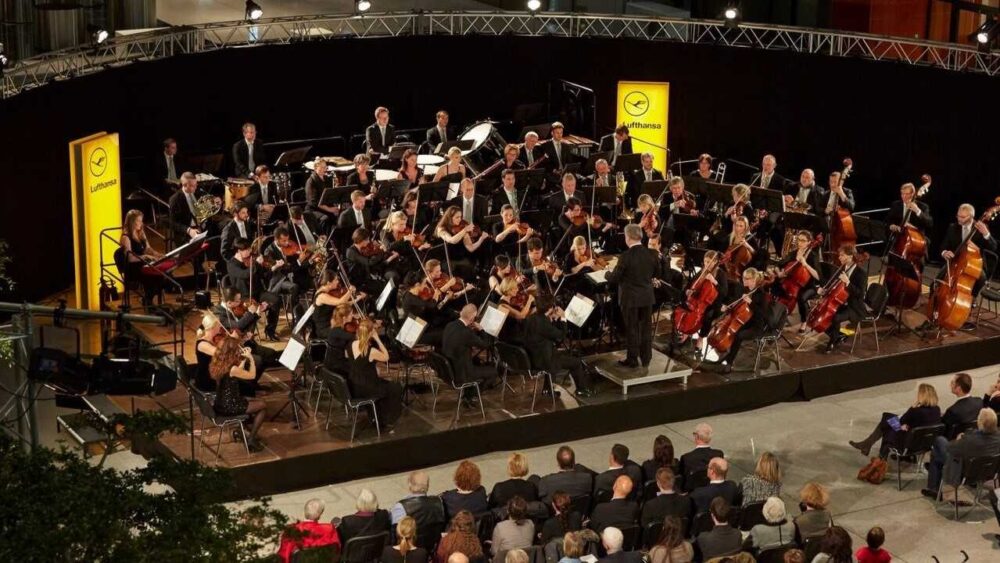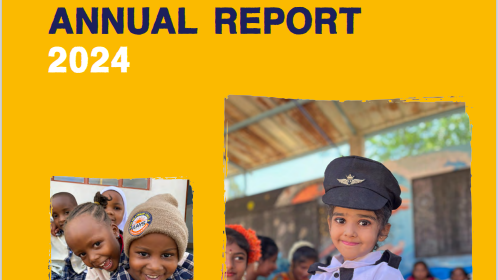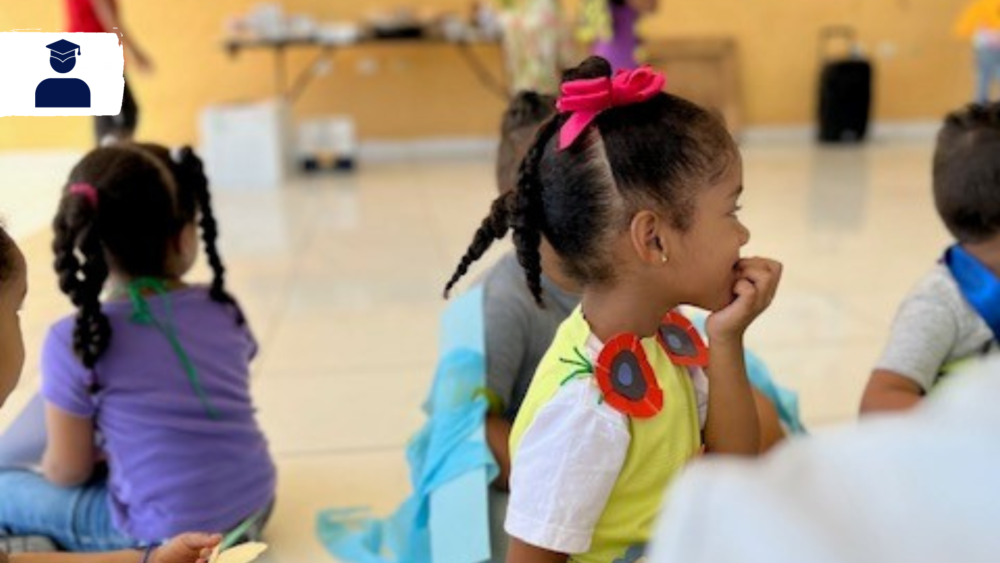
Lilis School, Puerto Plata
The Colegio Enriquillo is located in an underprivileged neighborhood of Puerto Plata. The goal of the project was to create a supportive learning environment for the children living there, thereby improving their access to quality education.
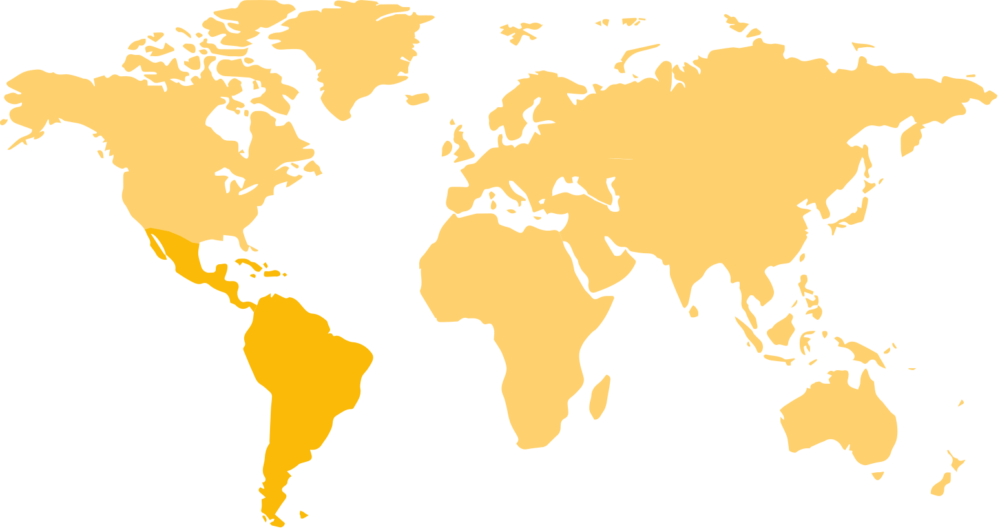
Project background
Education is compulsory in the Dominican Republic. Nevertheless, access to schools is not guaranteed throughout the country. This is exacerbated by the fact that many families cannot afford the expensive school clothing and, in addition, in rural areas the next school might be far away.
In 2011, around eleven percent of children did not attend school.
The educational situation is exacerbated by the fact that state schools do not offer a particularly high level of education. This was particularly evident in the 2015 Pisa study, in which Dominican Republic students ranked last in science and mathematics. In the area of reading skills, the students performed not much better, ranking fifth to last. The study found that 72.1% of the students:in did not reach the basic literacy level.
As a result, parents who can afford it send their children to private schools and avoid state schools.
In 1992, Florencia “Dona Lili” Bonilla founded the Colegio Enriquillo in a poor suburb of Puerto Plata with the aim of providing access to quality education for the children living there. An important aspect has always been the individual care of the children by the teachers, to support the children in case of learning difficulties and to help the children to develop their potentials. In the past, 80-90% of the children managed to transfer to a secondary school after completing the seven years of schooling and to graduate from high school. Hardly anyone else in this poorer suburb managed to do this. Since the early death of the founder in 2017, her daughter, a teacher living in Germany, has been trying to continue her mother’s life project. Unfortunately, things are not good for the school at the moment. The school building has become dilapidated and no longer meets the requirements of the government for a private school.
Our Impact
Because the school is located in a residential area and directly along a street, it was too dangerous for the children to play outside. As part of the project, a safe play area was therefore built on the rooftop of the building. This space also serves as a quiet retreat for the children and can be used for activities such as individual learning or reading.
In addition, solar panels were installed on the school building to ensure a sustainable electricity supply. This measure helps to significantly reduce future electricity costs. The school’s water supply was also improved to guarantee clean drinking water and hygienic sanitary conditions for the children at all times.
Since the successful completion of the project, 80 children have been able to benefit from educational opportunities in a safe and supportive learning environment.

